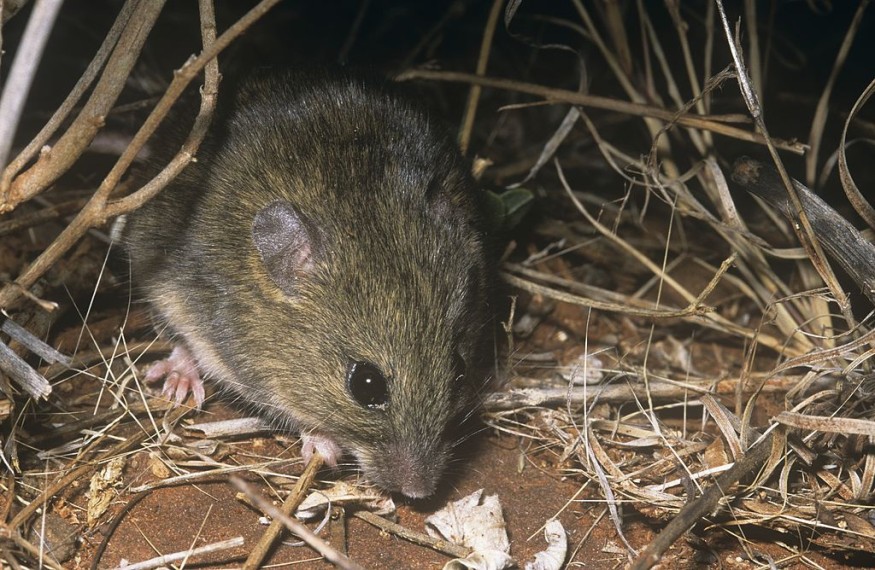Australia's native rodent species previously thought of and declared as extinct more than a century ago was found to have lived on an island in Shark Bay, Western Australia until the present day.
Researchers from Australian National University in Canberra led by Emily Roycroft took DNA samples from the extinct species and found that a small population of Gould's mouse (Pseudomys gouldii) survives in Australia's small island, but was recognized in a different name known as the Shark Bay mouse (Pseudomys fieldi).
Major Threats and Disappearance of Native Rodents

Australia has been a home to some of the most unique wildlife, however, the country also garnered the highest mammal extinction rate in the world, wherein nearly half of these extinctions were made up of native rodents.
Shark Bay Mouse are currently under the protection of Australian Wildlife Conservancy and restricted to islands off the coast of Western Australia. Several factors of their disappearance since 1895 include predation by feral cats and foxes, changes in habitat along with land clearing and competition with other pests such as rabbits.
The Gould's mouse was once widespread in the mainland during European colonization but had eventually gone extinct when animals such as cats and foxes were introduced at the time. Little did they know that these rather robust species with a shaggy fur and large black eyes is actually the same species as the Shark Bay Mouse.
"The species that we thought we'd lost across mainland Australia is still surviving on these offshore islands off Western Australia. They're quite remote so cats and foxes never made it to most of these islands, so it's kind of luck, I think, that they still persist in that landscape," says Karl Vernes at the University of New England in Australia.
Also read : Mistaken to be Extinct, Sea Eagles Spotted in Loch Lomond for the First Time in 100 Years
Tracing Genetic Diversity
Conservationists believe that a population's genetic diversity measures resilience against stressors such as disease and changes in the environment. The larger the mix in genes, the better chance of adapting to the changing environment.
There has been a dispute whether the Australia's rodents were already disappearing way out before Europeans colonized Australia nearly 200 years ago. Dr. Roycroft and the team looked into the genetic diversity of eight extinct Australian rodents collected between 120 and 184 years ago, including the Gould's mouse and unexpectedly found that these species already scurried in the island, in a potentially stable population. Findings show that their genomes were diverse even before European settlement, which indicates that the extinction of their once-thriving population was mainly caused by human impacts than genetic weakness.
Although it was not disproved that the European colonization did not contribute to these extinctions. During the time, extinction was prevalent due to animals such as cats and foxes eating the native wildlife, new diseases and habitat destruction.
Preserving the once thought of as a loss is now considered as priority for wildlife ecologists, believing this finding as a 'second chance' to saving the endangered species.
© 2025 NatureWorldNews.com All rights reserved. Do not reproduce without permission.





